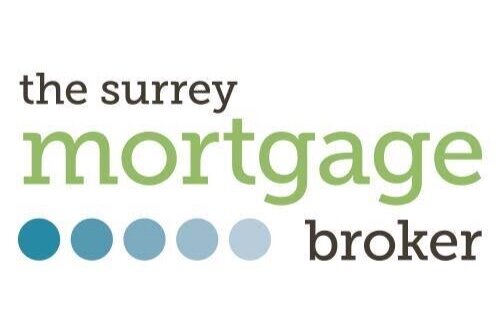Budget November 2025
27/11/2025
Yesterday’s budget took place amidst a bit of a shambles after the contents of the budget were leaked a few minutes before Kier Starmer stood up in parliament for Prime Minister’s Questions.
Most of the speculation around the budget did not come to pass and it was relatively tame in my opinion.
From a property perspective the main take was the increase in property income tax. Already landlords are hit pretty hard with the full rental amount being subject to tax after the ability to offset mortgage costs has been eroded away in previous years (up to 2020). Yesterday Rachel Reeves announced she was adding two percentage points to the income tax rate for basic, higher and additional rate taxpayers. Now the rates are 22%, 42% and 47% respectively.
I think this is another lever the government are using to discourage property investment and encourage home ownership. However there is still a real need for rental properties and I think this increase in tax will further deter new entrants to the market and will encourage more landlords away from the market.
On top of this was a further blow if you run a limited company (like me!). The tax rate on dividends has also been increased by two percentage points for both basic rate and higher rate taxpayers to 10.75% and 35.75% respectively although no change for the additional rate. I don’t think this will change how lenders view business owners, affordability rates have gone up in recent months, meaning lenders will lend a bit more than they used to. I think this will remain the same for now.
Property and Council tax has seen some changes. There was a lot of speculation about the so called “mansion tax” and what actually transpired was not quite as bad as many had feared. It is not a huge money raiser really as it will affect less than 1% of properties so more of a political point than an economical one.
From 2028, an annual council tax surcharge will apply to high-value properties. Four new bands will be introduced with charges ranging from £2,500 for a property valued in the £2 million - £2.5 million range, up to £7,500 for a property in the highest value band of £5 million or more. So at the moment we have the outline plan and more detail will follow in the next two years before it comes into force. This surcharge will be in addition to the standard council tax charge already levied. On balance I think this is unfortunate for those who have owned a property for a long time and the value has increased due to location. However the chances are that for the vast majority of homeowners in this bracket the additional charge will be affordable. It doesn’t make it fair necessarily but then we could say that about all taxes!
Interestingly I read earlier this week that some property experts were not happy about the annual ISA allowance being changed. I agree this is a bit of a strange one in that the Cash Isa annual allowance has been reduced to £12,000 although overall the ISA allowance is still £20,000 (with the remaining £8,000 being able to be allocated to stocks and shares).
The stories I read were that this policy could be viewed as discouraging people to save for their first home deposit. The theory being that if you are saving for a deposit in a home you want the funds to be in “safe” investments i.e. cash. You also want these savings to be accessible ready for your potential house purchase. Therefore this policy was being seen as discriminatory towards first time buyers who may be unwilling to put s apportion of their deposit savings in more risky investments. It is a theory I guess but to be honest I can’t see this making a huge difference. I don’t really understand the policy except that presumably savings that would be getting interest paid free of tax will in the future be getting taxed at rates starting at 22%.
Other headlines are:
No change to CGT main rates or annual exemptions.
Business Asset Disposal Relief (BADR) unchanged.
The agricultural and business relief allowance becomes transferable between spouses from April 2026, bringing it in line with other inheritance tax policies.
The £325,000 nil-rate band and residence nil-rate band remain unchanged but have been frozen a further year until 2031.
No changes to Stamp Duty Land Tax or the pension triple lock.
Employer National Insurance threshold freeze extended to 2031
I hope this is useful, please remember I’m a mortgage broker and not an economist and any opinion noted above is purely my own!
Talk to our professional team about buying your next home to help you feel prepared to get your next mortgage. Please contact The Surrey Mortgage Broker – telephone 01252 759233– email richard@thesurreymortgagebroker.co.uk




